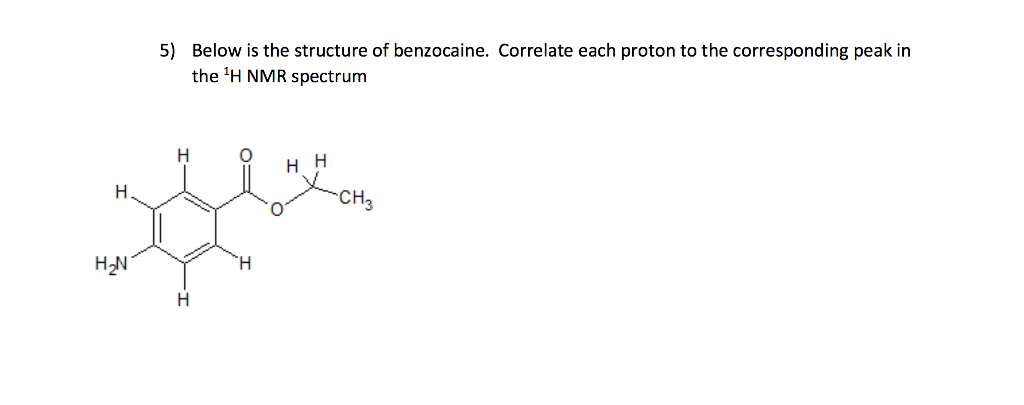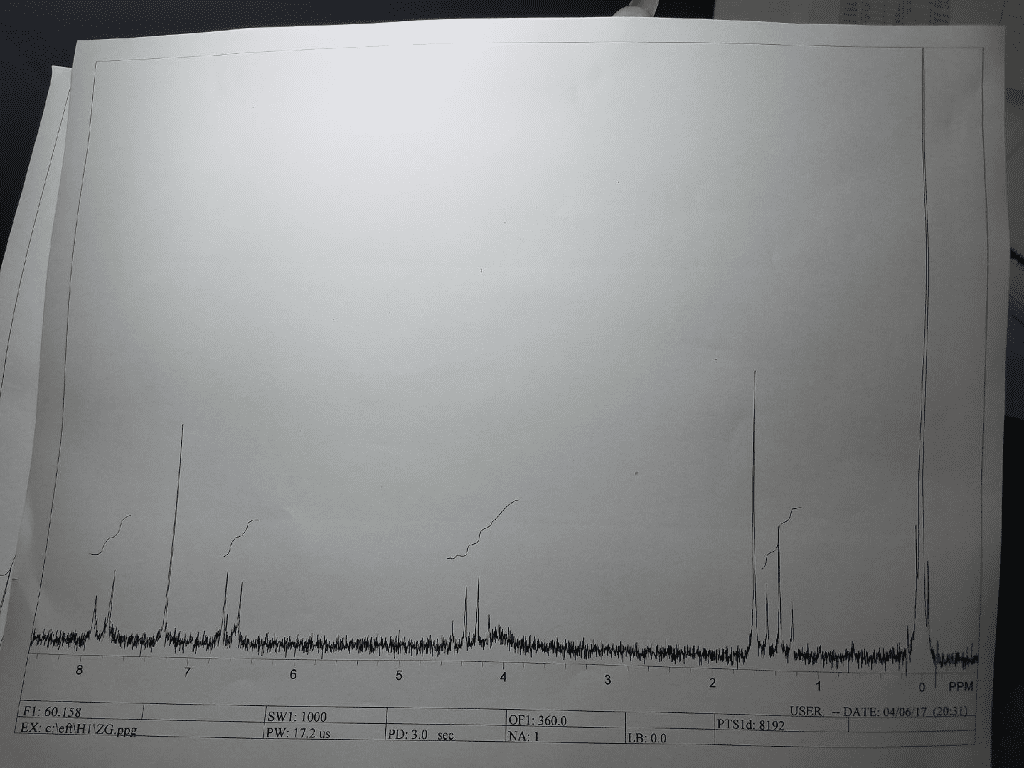Ethanol is often used as a fuel additive, but to function in most engines, the ethanol must be very pure and contain little water. It is difficult to distill ethanol and water above 90 mole % ethanol because at this concentration the vapor and the liquid phases of this mixture have the same composition. To get around this effect, benzene is often added to the mixture. The distillation column then separates the mixture into a very nearly pure ethanol stream, and a mixture of benzene and water. The benzene may be separated from the water, and then recycled to use again in the ethanol-water distillation. A company wishes to distill a 0.820 mole fraction ethanol (0.180 mole fraction water) solution. To aid in the distillation process, a 0.950 mole fraction benzene (0.050 mole fraction water) mixture containing fresh benzene and a recovered benzene solution is added. The plant wishes to produce 80.0 moles/hr of a 0.999 mole fraction ethanol (0.001 mole fraction benzene) mixture from a distillation column. The other product from the distillation is a water and benzene mixture. This mixture is sent to a separator which produces a 12.6 mol/hr stream of water, and a 0.9100 mole fraction benzene (0.0900 mole fraction water) mixture, some of which is recycled back to the fresh benzene stream. 1)What flow rate of the ethanol and water feed stream is needed to provide 80.0 mol/hr of the 0.999 mole fraction ethanol stream? 2)What flow rate of fresh benzene is required? 3) What is the flow rate of the recycle line?
Ethanol is often used as a fuel additive, but to function in most engines, the ethanol must be very pure and contain little water. It is difficult to distill ethanol and water above 90 mole % ethanol because at this concentration the vapor and the liquid phases of this mixture have the same composition. To get around this effect, benzene is often added to the mixture. The distillation column then separates the mixture into a very nearly pure ethanol stream, and a mixture of benzene and water. The benzene may be separated from the water, and then recycled to use again in the ethanol-water distillation. A company wishes to distill a 0.820 mole fraction ethanol (0.180 mole fraction water) solution. To aid in the distillation process, a 0.950 mole fraction benzene (0.050 mole fraction water) mixture containing fresh benzene and a recovered benzene solution is added. The plant wishes to produce 80.0 moles/hr of a 0.999 mole fraction ethanol (0.001 mole fraction benzene) mixture from a distillation column. The other product from the distillation is a water and benzene mixture. This mixture is sent to a separator which produces a 12.6 mol/hr stream of water, and a 0.9100 mole fraction benzene (0.0900 mole fraction water) mixture, some of which is recycled back to the fresh benzene stream. 1)What flow rate of the ethanol and water feed stream is needed to provide 80.0 mol/hr of the 0.999 mole fraction ethanol stream? 2)What flow rate of fresh benzene is required? 3) What is the flow rate of the recycle line?


